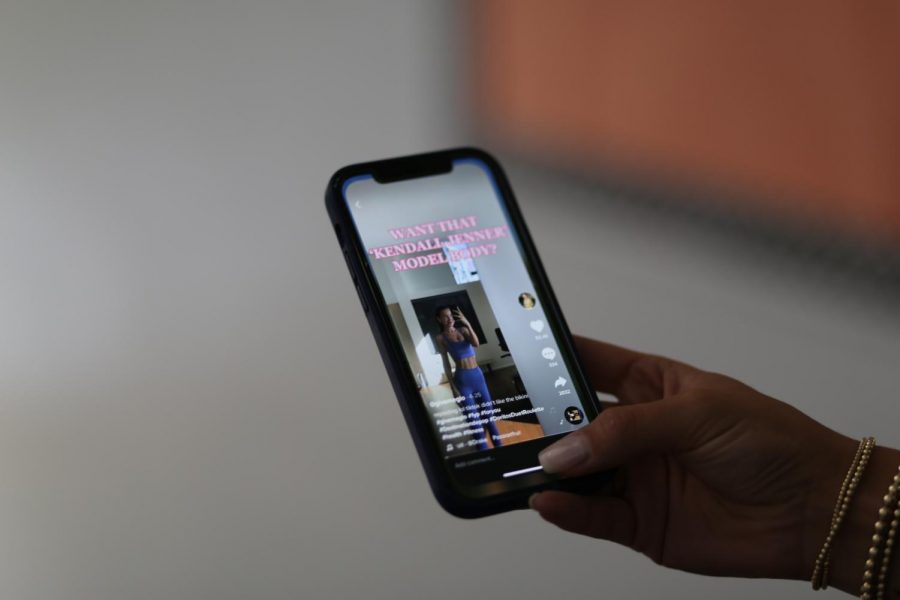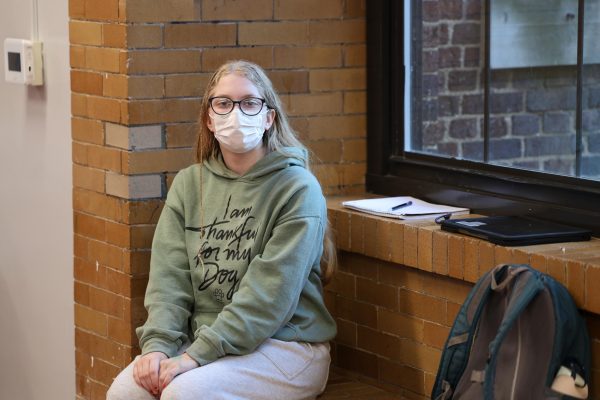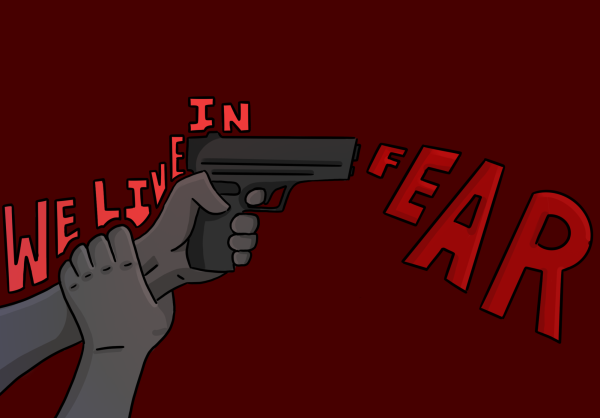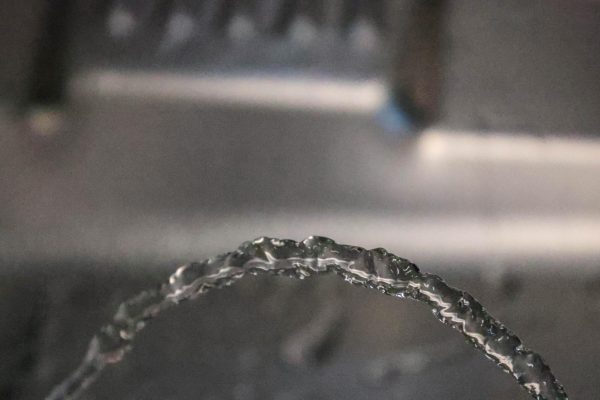The “Body Goals” Illusion
When I was 12 years old, I learned the phrase thigh gap. I had no idea what it meant, but it didn’t take me long to find out.
Edited or not, people on social media have the ability to produce an impression of their ideal selves. Post after post, my Instagram explore page featured tips on how to obtain a smaller waist, slimmer legs and abs. When it’s all over the internet, you can’t help but want to become part of the desired stereotype.
The influencers who represented these features received comments on their posts like “body goals” and “perfect body”. These people were the ‘ideal’ body type on social media. The millions of posts giving tips on how to achieve these standards only solidified that.
Creating body standards is dangerous for young people, especially when the standards are unrealistic. Deciphering between photoshopped and raw is impossible; everything becomes what influencers want you to see. Influencers can make you feel like you are eating too much, working out too little or not taking care of your body properly because you don’t fit the mold.
Many celebrities and influencers with a presence on social media have used their followings to promote their lifestyles. One common way is posting a “what I eat in a day” video on YouTube, TikTok or Instagram. These trending videos have opened up a window of comparison for everyone who comes across it. First, you see a clip of their body, then their diet throughout the day. The idea is to show how “healthy” they eat. “I want to look like you” or “I’m not going to eat” are almost always comments on these types of videos. Of course, the influencers posting this type of content are the “ideal” body type, making their diets look appealing and effective.
However, these influencers aren’t promoting health, they’re promoting an obsession with looking a certain way. The facade can easily become addicting— how can I eat to look like them?
A study done by Digital Information World in 2018 found that the average young adult in the United States spends an average of three hours a day on social media. Spending this much time online will feed our young, impressionable minds whatever persuading content is thrown at us. We are constantly exposed to opinions on social media, it slowly shapes the way that we think and see ourselves.
A 2019 article published by Penn Medicine, “What Your Body Shape Reveals About Your Health,” discusses different body shapes. The article goes into depth about the various determining factors of our body shapes. Even if everyone ate the same foods, we would not all gain weight or look the same. Our genetics, lifestyle, sex and age all contribute to the way our body looks.
The idea of “body goals” shows up in many ways on the internet. It has become a box to try to fit into, merely a merit in the world of social media. Young adults—mainly teenagers—are affected by this term because it constantly exploits their insecurities and compares them to these ideals. The characteristics that go along with fitting under these so-called “body goals” are unrealistic to obtain.
As teenagers, we should not feel obligated to eat or exercise a romanticized amount just to look a certain way. We shouldn’t strive to fit the standard; the standard is materialistic, it doesn’t add to your value or self-worth. The term “body goals” should no longer be any sort of achievement.









